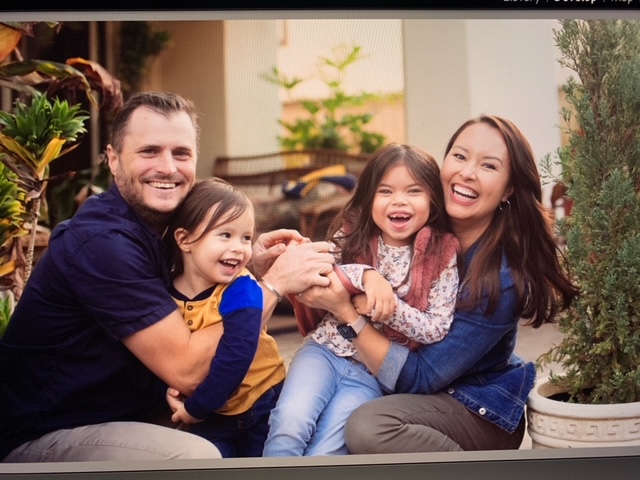After waiting on pins and needles, Andrew All learned that he could save his daughter’s life with the gift of a kidney donation. A donation could mean a return to normal 6-year-old activities, like, swimming, taking baths, and enjoying popsicles. It also meant not being hooked up to a machine for 10 hours a night, and the frequent dressing changes and blood pressure checks would all come to an end.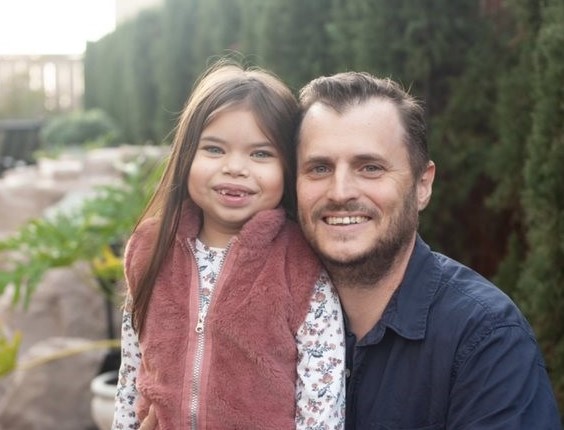
“When heading to the operating room, I was full of nerves,” Andrew says. “But I knew my daughter, Brooklyn, had been so brave throughout the whole process. Her bravery was my inspiration.”
Brooklyn and Andrew’s health journey began at the very beginning. A 20-week pregnancy scan revealed Brooklyn would be born with only one functional kidney. When she was 8 months old, her pediatrician recommended Brooklyn have an ultrasound to ensure everything was working properly. Thankfully her solitary kidney was functioning properly, however, physicians also found a tumor incredibly close to Brooklyn’s only kidney. It also wrapped around her renal artery. After a biopsy, it was determined it was non-aggressive, but after a few years, the tumor began to grow. At the age of 2.5, Brooklyn began chemotherapy treatment at Rady Children’s Hospital-San Diego. After four rounds of chemotherapy, the tumor shrank enough for physicians to remove as much of the tumor as possible. The surgery was successful, but later that evening, Brooklyn’s kidney was not producing urine as it should. Physicians removed a clot in her renal artery, but the damage to her kidney was done. She was placed on dialysis to remove toxins from her blood and stayed in the hospital for 34 days. While Brooklyn was still in the hospital, her mother gave birth to her baby brother, Brandon. After her discharge, Brooklyn’s life was a whirlwind. She remained on dialysis for two years, with weekly treatments and frequent appointments interrupting school and other activities.
The Growing Need for a Kidney
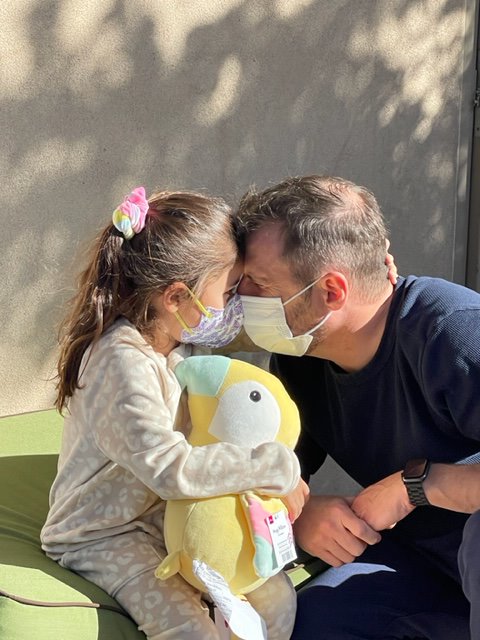 After two years of having no recurrence of cancer, her doctors informed her family that she could now be placed on the kidney transplant list. It was determined that her father, Andrew, had a larger, healthy kidney that would be ideal for Brooklyn. So just before her 6th birthday, the team determined it was time for transplant. Andrew headed to UC San Diego Health for his surgery while Brooklyn was prepped at Rady Children’s. When Andrew awoke from surgery, he heard that both surgeries were a success and that his kidney, now transplanted to Brooklyn, was successfully producing urine.
After two years of having no recurrence of cancer, her doctors informed her family that she could now be placed on the kidney transplant list. It was determined that her father, Andrew, had a larger, healthy kidney that would be ideal for Brooklyn. So just before her 6th birthday, the team determined it was time for transplant. Andrew headed to UC San Diego Health for his surgery while Brooklyn was prepped at Rady Children’s. When Andrew awoke from surgery, he heard that both surgeries were a success and that his kidney, now transplanted to Brooklyn, was successfully producing urine.
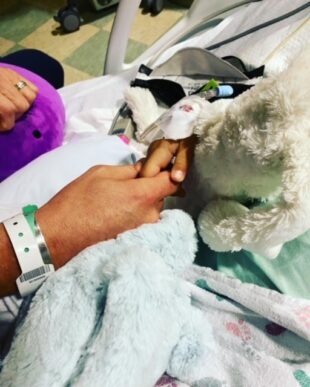
“I breathed a sigh of relief. I was so grateful to have been able to give my daughter a chance at a healthy life. Her bravery was my motivation to work really hard at my recovery so that I could be by her side,” Andrew says. “The whole process was an incredible experience. Dr. Jennifer Berumen and Dr. Aleah Brubaker at Rady Children’s were amazing. The overall attention, care, and kindness of the entire team were remarkable. While going through treatment, we saw other families going through similar and some even more difficult situations. Truly heartbreaking situations. The team knew how to handle it. It takes a very special doctor and nurse to be able to talk to children and their families when they are going through some of the hardest moments in their life. I am very humbled and grateful.”
The experience brought the family even closer together and ignited a desire to spread the word about the importance of being an organ donor and the incredible impact it can have on 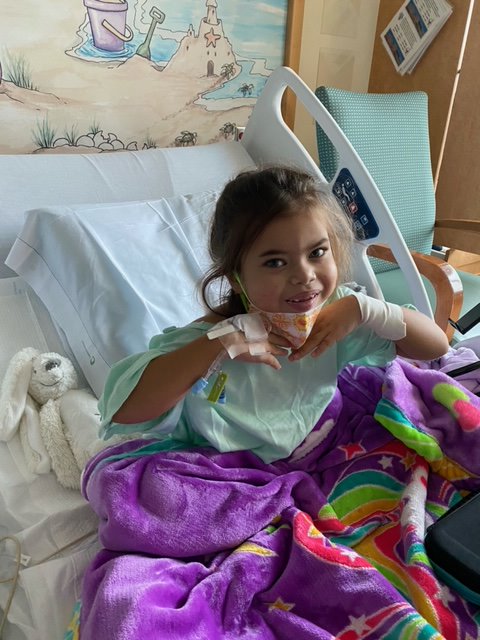 someone’s life. Living donation takes place when a living person donates an organ for transplantation to another person. The living donor can be a family member, such as a child or parent, or even a friend. To register to be an organ donor, you can do so through your State’s donor registry or through national registries such as Donate Life America or the National Donate Life Registry. The gift of organ transplant is a serious decision, but can make a significant difference in someone’s life, as the All family found first-hand.
someone’s life. Living donation takes place when a living person donates an organ for transplantation to another person. The living donor can be a family member, such as a child or parent, or even a friend. To register to be an organ donor, you can do so through your State’s donor registry or through national registries such as Donate Life America or the National Donate Life Registry. The gift of organ transplant is a serious decision, but can make a significant difference in someone’s life, as the All family found first-hand.
“Brooklyn can now enjoy activities of a typical 6-year-old – like sleeping in her own bed and taking a bath. She’s able to get dressed quickly in the mornings and head to school,” Andrew says. “It is an adjustment and for Brooklyn it is a bit strange, but she is enjoying the extra energy she has now. She loves taking baths. And she is learning to taste new and different foods, like popsicles. She’s getting more of her life back.”
